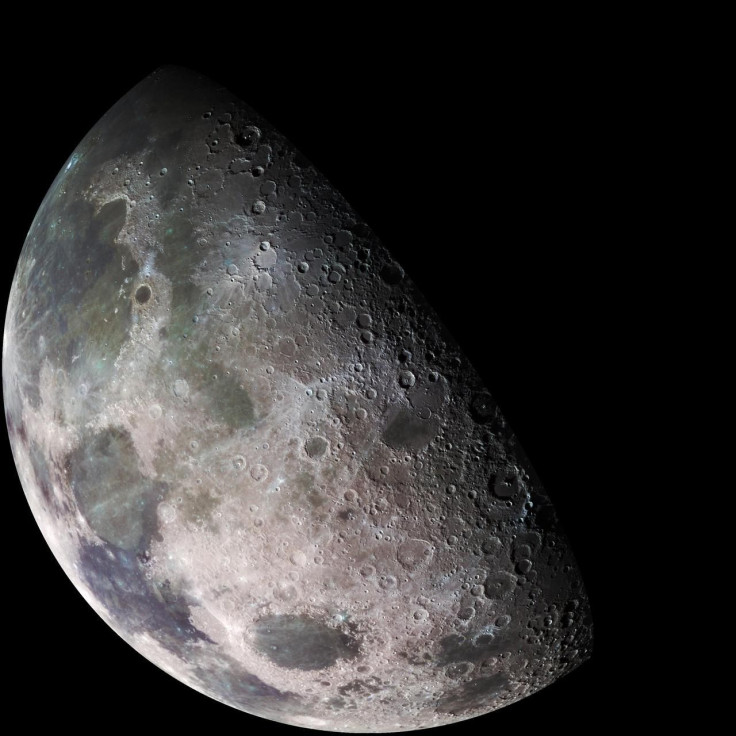NASA Chief Says Mining Moon For Rare Earths Possible 'This Century'

NASA administrator Jim Bridenstine thinks that harvesting rare earth metals from the surface of the moon will be possible "this century".
Rare metals have tremendous uses on Earth. They are used in batteries of electric cars, cellphones, military equipment and fluorescent lights.
Over the past twenty years, demand for these rare earths exploded amid increasing demand for items that require them.
About two decades ago, there were only a few cellphones in use, but as these devices become ubiquitous, the demand for rare earths needed to manufacture them has also skyrocketed.
More than 80 percent of U.S. rare-earth minerals are imported from China and the United States’ reliance on these supplies has important implications in the trade war between the two countries.
“As long as China dominates the world's rare-earth output, Washington will be under constant pressure from Beijing even though there is no restriction on rare-earth exports,” Hu Weijia of Global Times wrote.
As rare earths become an increasingly precious commodity, researchers are now on the lookout beyond our planet for new supplies. Mining them from the moon and asteroids become a lucrative prospect. NASA’s head seemed optimistic this is possible in the near future.
Bridenstine told CNBC’s “Squawk Alley” on Thursday that the moon could be abundant in these rare metals.
“There could be tons and tons of platinum group metals on the moon, rare-earth metals, which are tremendously valuable on Earth,” Bridenstine said.
He also said that mining these metals from the moon in the decades ahead becomes more realistic given the amount of investments poured on to the space industry. He cited the names of SpaceX’s Elon Musk, Blue Origin’s Jeff Bezos and Virgin Orbit’s Richard Branson, billionaires who invest in space explorations.
NASA wants to send astronauts to the moon by the year 2024 under the Artemis program. Companies Boeing and Lockheed Martin have contracts with NASA to build the space agency’s Space Launch System” rocket and Orion capsule, which will serve as the main crew vehicle of the lunar exploration program.
SpaceX and Blue Origin are also working on spacecraft that would send humans and cargo to the moon. With these private technologies, the NASA chief said the agency’s current lunar goals are achievable for “well less than $20 billion.”
“We have commercial partners that didn’t exist historically, so they can help offset the cost. They’re making their own investments, because they want customers that are not necessarily NASA.”
© Copyright IBTimes 2025. All rights reserved.





















